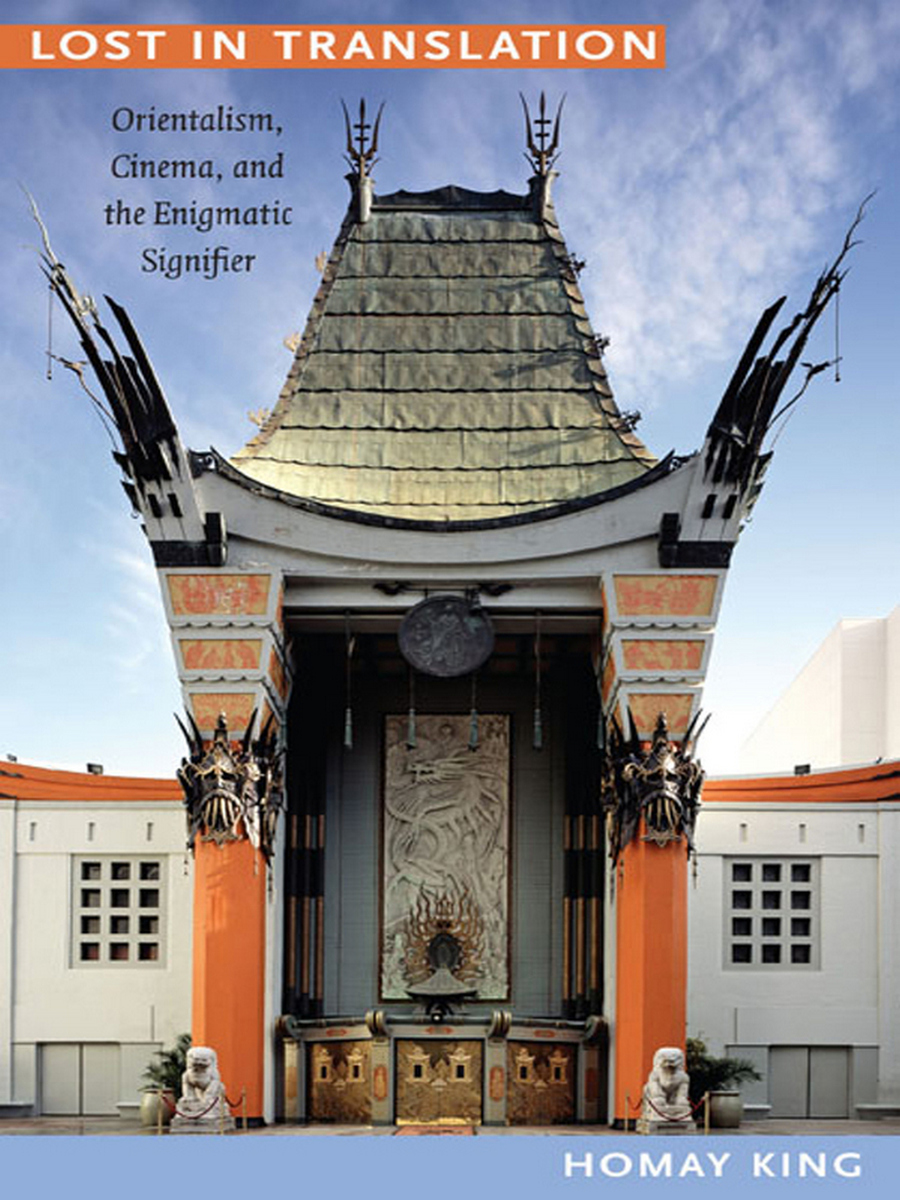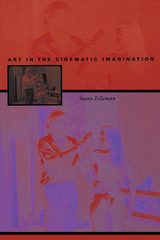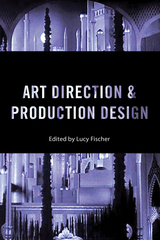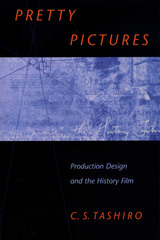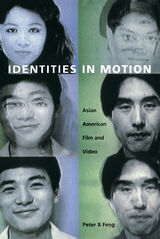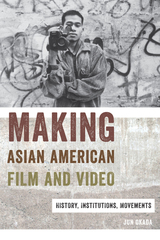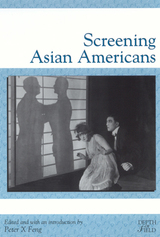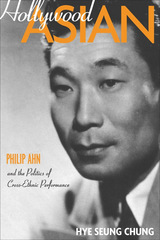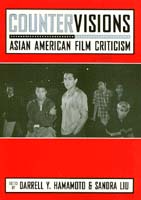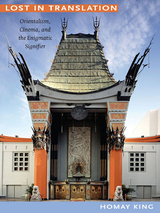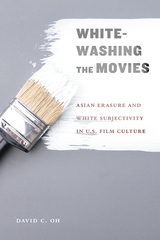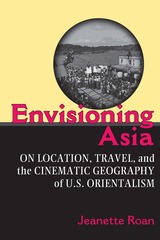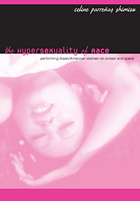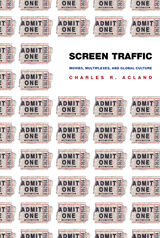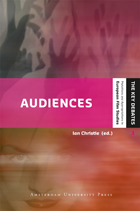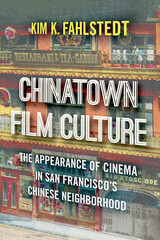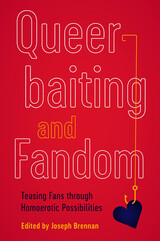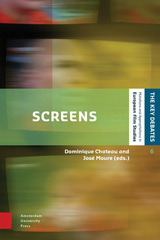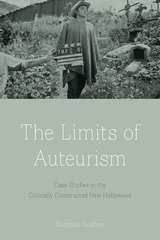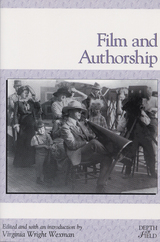Lost in Translation: Orientalism, Cinema, and the Enigmatic Signifier
Duke University Press, 2010
Cloth: 978-0-8223-4743-9 | Paper: 978-0-8223-4759-0 | eISBN: 978-0-8223-9292-7
Library of Congress Classification PN1995.9.A78K354 2010
Dewey Decimal Classification 791.4363585
Cloth: 978-0-8223-4743-9 | Paper: 978-0-8223-4759-0 | eISBN: 978-0-8223-9292-7
Library of Congress Classification PN1995.9.A78K354 2010
Dewey Decimal Classification 791.4363585
ABOUT THIS BOOK | AUTHOR BIOGRAPHY | REVIEWS | TOC | REQUEST ACCESSIBLE FILE
ABOUT THIS BOOK
In a nuanced exploration of how Western cinema has represented East Asia as a space of radical indecipherability, Homay King traces the long-standing association of the Orient with the enigmatic. The fantasy of an inscrutable East, she argues, is not merely a side note to film history, but rather a kernel of otherness that has shaped Hollywood cinema at its core. Through close readings of The Lady from Shanghai, Chinatown, Blade Runner, Lost in Translation, and other films, she develops a theory of the “Shanghai gesture,” a trope whereby orientalist curios and décor become saturated with mystery. These objects and signs come to bear the burden of explanation for riddles that escape the Western protagonist or cannot be otherwise resolved by the plot. Turning to visual texts from outside Hollywood which actively grapple with the association of the East and the unintelligible—such as Michelangelo Antonioni’s Chung Kuo: Cina, Wim Wenders’s Notebook on Cities and Clothes, and Sophie Calle’s Exquisite Pain—King suggests alternatives to the paranoid logic of the Shanghai gesture. She argues for the development of a process of cultural “de-translation” aimed at both untangling the psychic enigmas prompting the initial desire to separate the familiar from the foreign, and heightening attentiveness to the internal alterities underlying Western subjectivity.
See other books on: Cinema | Lost | Orientalism | Plots, themes, etc | Translation
See other titles from Duke University Press
